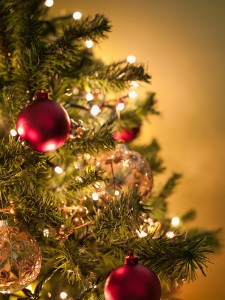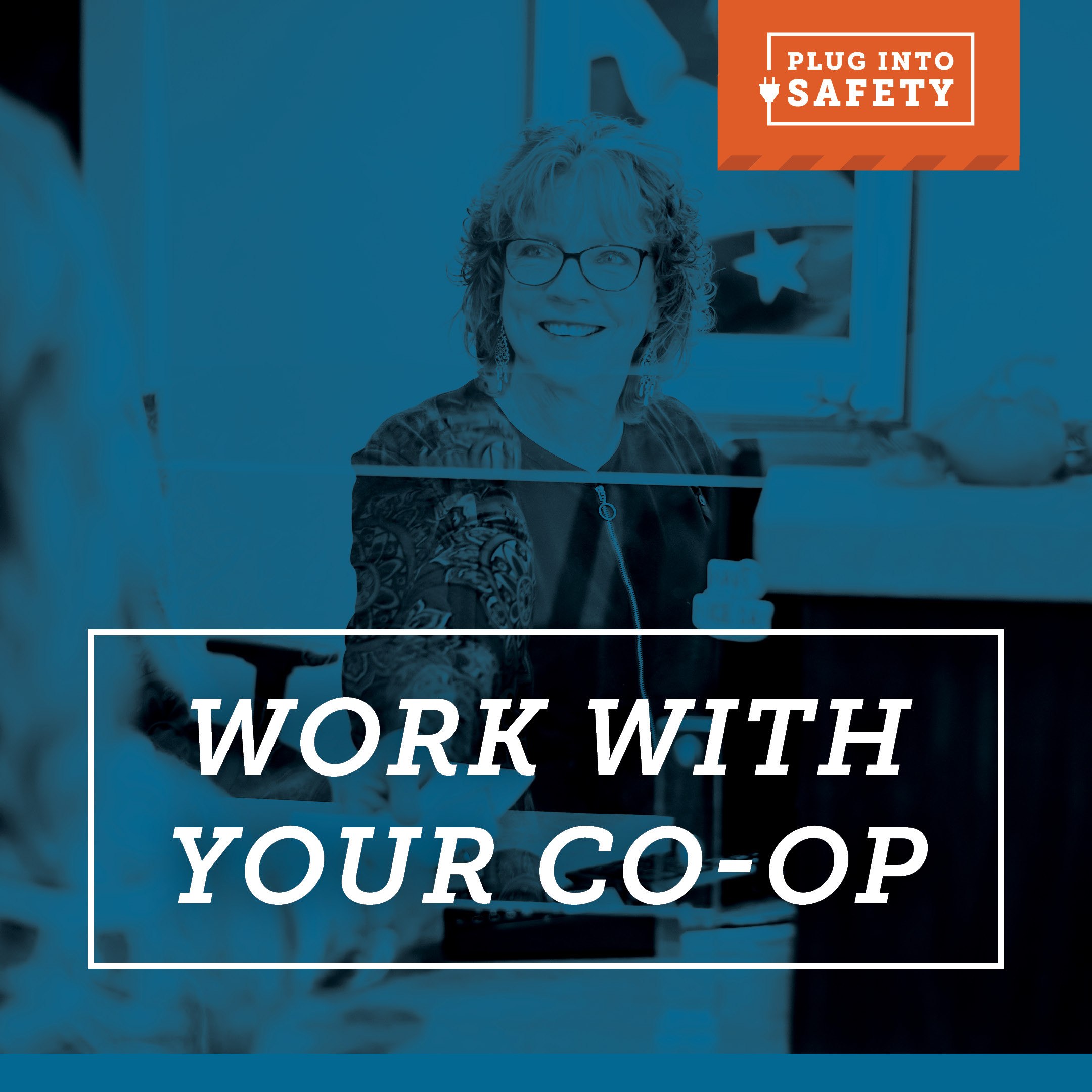 When Ralphie Parker’s dad attempts to plug his glorious but tragically fra-gee-lee “Italian” leg lamp into an overloaded wall outlet in the holiday movie classic “A Christmas Story,” there first came a “snap of a few sparks” and the “whiff of ozone” before the lamp blazed forth in the front window.
When Ralphie Parker’s dad attempts to plug his glorious but tragically fra-gee-lee “Italian” leg lamp into an overloaded wall outlet in the holiday movie classic “A Christmas Story,” there first came a “snap of a few sparks” and the “whiff of ozone” before the lamp blazed forth in the front window.
While that’s a funny movie scene, those at Indiana Electric Cooperatives want to remind folks that overloaded circuits and sparks are never funny, especially this time of year.
In the rush of decorating, shopping, cooking, entertaining and attending extracurricular activities, it might be tempting to short change safety measures you’d never think of doing any other time of year. But don’t.
According to the National Fire Protection Association, one of every three home Christmas tree fires is caused by electrical problems. And though not common, Christmas tree fires are more serious than typical home fires. One of every 31 reported Christmas tree fires results in a death. On average, just one in 144 typical home fires do.
“This is such a beautiful and special time of year,” said Tom VanParis, CEO of Indiana Electric Cooperatives. “It’s always tragic to hear of home fires and loss of life, especially when it’s caused by something like a Christmas tree or holiday decorations that were meant to bring joy and celebrate our faith.”
Here are some things to keep in mind when decorating your home for the holidays:
- If you decorate with a real tree, make sure it’s fresh. Needles should not be dropping or coming off easily. Try this: Take hold of a branch between your thumb and forefinger about 6 inches from the tip. Pull your hand toward you, allowing the branch to slip through your fingers. Needles should not come off.
- When you get your tree home, cut a few inches off the bottom of the stem and immediately place the tree in water, even if you do not yet intend to decorate it.
- Make sure you keep your tree watered daily throughout the holiday.
- Decorate your tree with new LED lights. Unlike traditional incandescent bulbs or tiny lights, LEDs do not get hot. They also use 75 to 90 percent less electricity for the same amount of light and come in a wide range of sizes, colors and multiple lighting patterns.
- With any light set, carefully inspect each light and the cord. Cracked and loose bulbs and frayed or bare wires can shock or start a fire.
- Do not mount or string light strands in ways that might damage the cord’s protective covering, such as with nails or staples.
- Make sure all decorations, especially those used outside, are plugged into an outlet protected with a ground-fault circuit interrupter.
- Always unplug your indoor holiday lights before leaving home or going to bed. Have your outdoor lights on a timer to save energy and reduce the risk of fire.
Obviously, Ralphie made it to adulthood to look back warmly on that Christmas he got a BB gun in “A Christmas Story.” And even though he almost shot his eye out and the neighbor’s hounds ate their turkey, at least the Parkers were not displaced, or something worse, by the old man’s overloaded outlets.
Tips for a safe holiday season
Your friends at Indiana Electric Cooperatives want you to have a happy — and safe — holiday season. Here are some easy ways to ensure that you deck your halls free from fires, falls and fears.
- When putting up outdoor lights, fasten them securely to trees, your house, walls or another firm support. You want them to remain secure when it’s windy outside. But do not staple them or use nails that can damage the wire’s insulation. Plastic zip ties make an excellent way of securing strands to other stable objects.
- There’s a limit to the number of strands you can plug into an extension cord — three standard-size sets of lights.
- Speaking of extension cords, they can occasionally overheat. Periodically touch-test the cord. If it’s hot, unplug it.
- When running extension cords outside along the ground, elevate plugs and connectors with a brick. That will help keep snow, water and debris out of the connections.
- Make sure your smoke detectors are in working order.
- It’s lights out at bedtime and when you leave the house — that includes the lights on your trees and other decorations. Lights can short and start a fire.
- Metallic trees may add “kitschy” charm to your home, but don’t put electric lights on them.
- Plan emergency routes out of your house in case of fire. Make sure everyone in your family knows what to do. Practice the plan.
- When it’s time to pack the lights away until next year, make sure you put them in a well-sealed container that will keep them dry and away from hungry rodents.
Sources: U.S. Consumer Product Safety Commission, About.com, Fox News
Holiday safety tips for kids
Keep an eye out for younger family members when putting up the holiday lights.
- Those popular lights shaped like candles perched on “bubbling” colored liquid should be kept away from youngsters who may be tempted to break the glass and drink the colorful, hazardous liquid.
- Sometimes the simplest of decorations can lead to hazardous consequences. Your child’s handmade paper ornaments can cause fires if they come in contact with electrical connections.
- Most strings of Christmas tree lights are coated with plastic containing lead. Since the amount of lead varies greatly, it’s difficult to determine how dangerous the lights might be. To be safe, don’t allow young children to handle the lights.
- Playful youngsters can easily get tangled in light strings, and, thus risk strangulation or even electrocution. Watch children closely and warn them of the dangers.
Source: U.S. Consumer Product Safety Commission, BabyCenter.com





